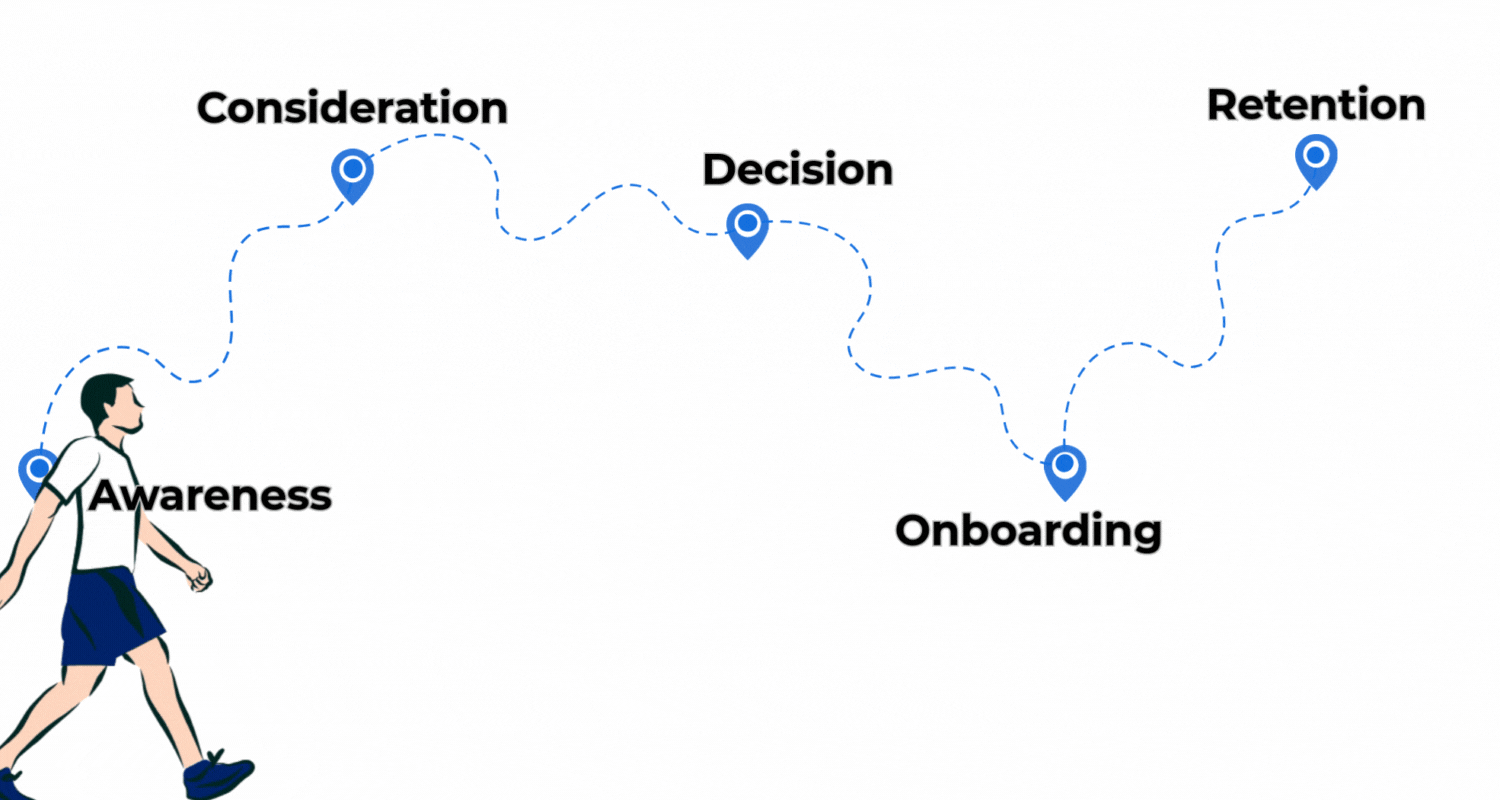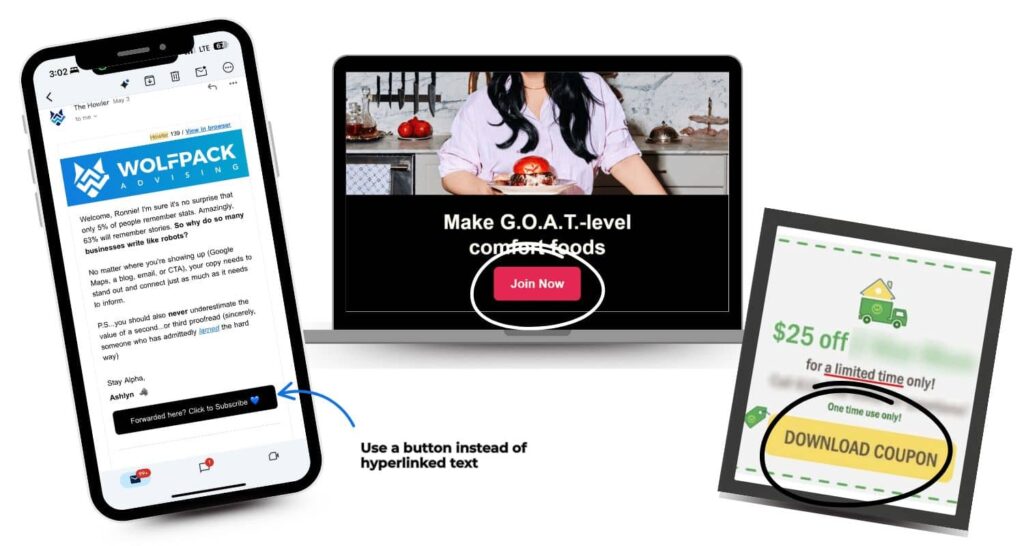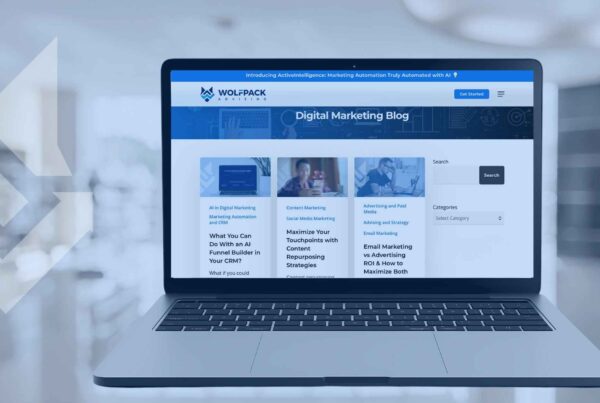Last updated on October 31st, 2025 at 12:34 pm
Struggling with writing compelling email copy? Does sending emails sometimes feel like shouting into a crowded room? You pour time into your messages, hit send, and hope for the best, but often face the quiet disappointment of low open rates or few clicks. When your email copy doesn’t quite hit the mark, it means more than just wasted effort. It may result in missed opportunities to connect with people, potentially harm your reputation if emails come across as impersonal, and drain valuable time and resources. But imagine turning that around.
The power to make that happen lies in writing compelling email copy. It’s not about secret tricks; it’s about clear, thoughtful communication that truly speaks to people. This guide will give you five practical keys to help your emails cut through the noise, resonate with your audience, and gently encourage them to take the next step. Let’s explore how mastering the skill of writing compelling email copy can make your emails work better for you.
Contents
1) Know Your Pack Inside Out – The Secret to Writing Compelling Email Copy
Seeing your first name in an email subject line feels more personal, doesn’t it? Truly, writing compelling email copy means connecting with the person reading it on a deeper level. It’s about showing you understand their world, not just that you know their name. This deep understanding is the foundation for effective communication.
Understand Their World Beyond the Basics
Think beyond the basic details people share when they sign up. What matters to them?
- What are their biggest goals right now?
- What problems are they trying to solve?
- What questions have they asked you before?
- Where are they in their journey with you – just starting, exploring options, or a loyal fan?
Tools like Moosend or Mailchimp can help keep track of these details. Understanding this context is crucial for email personalization that truly resonates.
Use Data to Segment and Personalize
The clues people leave behind are goldmines. Look at their past purchases, the pages they visit on your website, and how they interact with your previous emails (Did they open? Did they click?). This information helps you group people with similar needs or interests. This practice, known as audience segmentation, allows you to send more relevant messages. Platforms like Campaign Monitor offer features to help manage this data effectively.
Once you have these insights and segments, don’t just change the [First Name] tag. Personalize the actual content and any offers you make. If someone’s new, maybe they need beginner tips. If they’re a long-time customer, perhaps they’d appreciate an advanced strategy or an exclusive look at something new. Tailoring the angle of your email based on what you know makes your targeted email marketing far more effective and valuable to the reader. Mapping out the typical customer journey can help visualize these different needs, guiding your approach to writing compelling email copy for each stage.

Try this mindset shift: even when sending an email to hundreds or thousands, picture yourself writing a helpful, personal letter to one specific person within that audience segment. What would you say to genuinely connect with them and address their situation? This human touch turns a generic blast into a meaningful message, laying the foundation for truly writing compelling email copy.
2) Nail the Inbox Preview – Subject Lines and Preheaders That Hook
Your email has only a few seconds to make an impression in a crowded inbox. Think of the subject line and the short preview text next to it – that’s your first handshake. Getting this inbox preview optimization right is a crucial step in writing compelling email copy that gets opened. These two elements, the subject line and the preheader, need to work together perfectly.
Crafting Subject Lines That Intrigue
Let’s talk about email subject lines first. They need to grab attention instantly. Aim for:
- Clarity: What is the email actually about?
- Benefit: What’s in it for the reader?
- Curiosity: Give a hint that makes them want to know more.
- Urgency: Sometimes, mentioning a deadline can help, but use this carefully to avoid sounding pushy.

Strong hooks, like asking a question or starting with an interesting fact, can pull readers in. Keep your subject lines relatively short so they don’t get cut off, especially on phones. Personalization matters here, too: according to Campaign Monitor, emails with personalized subject lines are 26% more likely to be opened. Don’t be afraid to try different ideas! A/B testing emails, where you send slightly different subject lines to small parts of your list to see which performs better, is essential for learning what resonates most (tools like Moosend make this easier) and improving your open rates.
Maximize Your Preheader Text
Now, what about that snippet of text that shows up right after the subject line in most email programs? That’s the email preheader. Many people forget about it, letting it default to something unhelpful like “View this email in your browser.” Don’t waste this valuable space! Use the preheader strategically. It can:
- Add extra context to your subject line.
- Continue the thought or hook you started.
- Offer a secondary reason to open the email.
Think of the subject line as the main headline of your email, and the preheader as the compelling subheading right underneath it, as suggested by Moosend and Mailchimp practices. Both need to work together to draw the reader in and make them feel that opening your message is worth their time. Mastering this combination is key to writing compelling email copy that stands out from the noise.
3) Find Your Voice, Tell a Story – Connect Like a Human
Does your email sound like it was written by a robot or a real person? Writing compelling email copy often means ditching stiff, corporate language and connecting on a more personal level. People respond to authenticity and stories, not just dry facts.
Define Your Authentic Brand Voice
Think about how you want your brand to sound. Defining your brand voice is essential. Once you decide, use it consistently in all your emails. Write like you talk – use “you” to address the reader directly, and don’t be afraid of contractions (like “don’t” or “it’s”) to sound more natural and conversational. This makes your emails feel less like an announcement and more like a helpful message from someone they trust. It’s not just about sounding nice; it meets a core expectation. McKinsey found that 71% of consumers expect companies to deliver personalized interactions, making an authentic, relevant voice crucial when writing compelling email copy.
Focus Relentlessly on Benefits (WIIFM)
Facts tell, but stories sell (and connect!). Weaving brief stories, relatable anecdotes, customer examples (like mini case studies), or even painting a picture of the better future your reader desires can make your copy much more engaging and persuasive. This is a core principle of effective storytelling in marketing. Simple structures can help frame these stories, like the PAS framework (Problem-Agitate-Solve), where you highlight a problem the reader faces, explain why it’s frustrating, and then present your solution. These email copywriting techniques make your message memorable.
Harness the Power of Storytelling
Facts tell, but stories sell (and connect!). Weaving brief stories, relatable anecdotes, customer examples (like mini case studies), or even painting a picture of the better future your reader desires can make your copy much more engaging and persuasive. This is a core principle of effective storytelling in marketing. Simple structures can help frame these stories, like the PAS framework (Problem-Agitate-Solve), where you highlight a problem the reader faces, explain why it’s frustrating, and then present your solution. These email copywriting techniques make your message memorable.
People remember stories far more easily than a list of bullet points. Sharing relatable moments or illustrating success creates an emotional connection that static information simply can’t match. It’s a powerful way to ensure you’re writing compelling email copy that truly resonates.
4) Make it Scannable (& Error-Free!) – Structure for Easy Reading
People are busy, and their inboxes are overflowing. If your email looks like a solid wall of text, chances are high it won’t get read, no matter how good the content is. Writing compelling email copy also means presenting it in a way that respects your reader’s time and attention. Good structure and a clean look are essential for getting your message across effectively.
Structure for Quick Comprehension
Think about how you read emails. You probably scan first, looking for the important points. Make it easy for your readers to do the same. Good email formatting involves:
- Short paragraphs: Aim for just 2-4 sentences each.
- White space: Don’t cram text together. Use space to separate ideas.
- Lists: Use bullet points or numbered lists for steps, features, or benefits.
- Strategic emphasis: Use bold or italics sparingly to highlight key phrases or calls to action.
Consider the “inverted pyramid” approach, often discussed by resources like Moosend. Put the most crucial information – the main point or the call to action – near the beginning of the email. This improves email readability significantly, a cornerstone of writing compelling email copy that gets consumed.
Design for Mobile First
Did you know that most emails are now opened on smartphones? (Campaign Monitor often highlights this trend). This means your email must look good and be easy to read on a small screen. Long paragraphs become endless scrolling, and tiny text is frustrating. Designing mobile-friendly emails isn’t optional; it’s crucial for a positive user experience. Simple, single-column layouts often work best. Always preview how your email looks on a phone before sending.
Don’t Skip the Proofreading
You’ve spent time crafting a great message – don’t let sloppy errors ruin it. Typos, grammatical mistakes, or broken links instantly damage your credibility and make your message less effective (a point stressed by platforms like Mailchimp and Campaign Monitor). Proofreading emails carefully is a non-negotiable step.
- Read your email aloud – this helps catch awkward phrasing.
- Use spell-check and grammar tools, but don’t rely on them entirely.
- Ask a colleague to give it a quick look if possible.
- Always double-check your links!
A clean, well-structured, error-free email shows you care and respect the reader’s attention. Typos and messy formatting suggest you rushed or didn’t value their time. Taking these extra minutes for structure and proofreading is a vital part of writing compelling email copy that gets results.
5) Guide Their Journey – The Clear, Compelling Call to Action (CTA)
You’ve crafted a personalized, engaging email with a great hook and valuable content. Now what? Don’t leave your reader hanging! An essential part of writing compelling email copy is guiding them on what to do next. Your email call to action (CTA) is the signpost telling them exactly which valuable step to take.
Be Clear and Specific with Your Ask
Vague instructions lead to inaction. Avoid generic phrases like “Click Here” or “Learn More.” Instead, use strong action verbs that clearly state the benefit or outcome. Think about CTA best practices:
- “Get Your Free Guide Now”
- “Shop the Spring Collection”
- “Register for the Webinar Today”
- “Read the Full Case Study”
Make it crystal clear what will happen when they click (a point emphasized by Mailchimp and WebFX). Specificity removes friction and encourages clicks, boosting your conversion optimization efforts.
Focus on One Primary Goal
While your email might contain links to your social media or website footer, try to focus on one main action you want the reader to take. Having too many competing CTAs can confuse and dilute the impact of your message.
WordStream reported that emails featuring a single call-to-action increased clicks by a staggering 371% compared to those with multiple CTAs.
Ensure your primary CTA directly supports your main email marketing goal for that specific message. A focused approach makes the next step obvious.
Make Your CTA Stand Out

Your call to action needs to be easily visible. Consider these elements:
- Design: Use a button instead of just hyperlinked text for your main CTA. Buttons naturally draw the eye.
- Contrast: Ensure the button color stands out from the background but still fits your brand.
- Placement: Position your CTA logically, usually after you’ve explained the value or benefit. In longer emails, you might repeat the CTA near the end.
Good visibility directly impacts your click-through rate (CTR). People can’t click what they don’t see.
Test and Refine
Don’t assume your first CTA attempt is the best one. Experiment! Test different wording, colors, button shapes, and placements (Moosend provides tools for this). Small changes can sometimes lead to significant improvements in how readers respond. Testing is key to continually improving your results and mastering the art of writing compelling email copy.
Ultimately, make taking the next step feel easy, obvious, and beneficial for the reader. A strong, clear CTA transforms your email from just information into an effective tool that guides your audience and achieves your goals.
Conclusion
Sending emails that get results doesn’t have to feel like guesswork. Remember, writing compelling email copy is an ongoing practice. It’s about putting yourself in your reader’s shoes, expressing your message simply (clarity), and having a clear purpose (strategic communication). Testing different approaches, like subject lines or calls to action, and learning from the results is part of refining your emails over time.
If you’re ready to move beyond batch-and-blast and start building real connections through strategic email marketing, we are here to guide the way. Contact us today to discuss how tailored advice can elevate your specific business goals!






